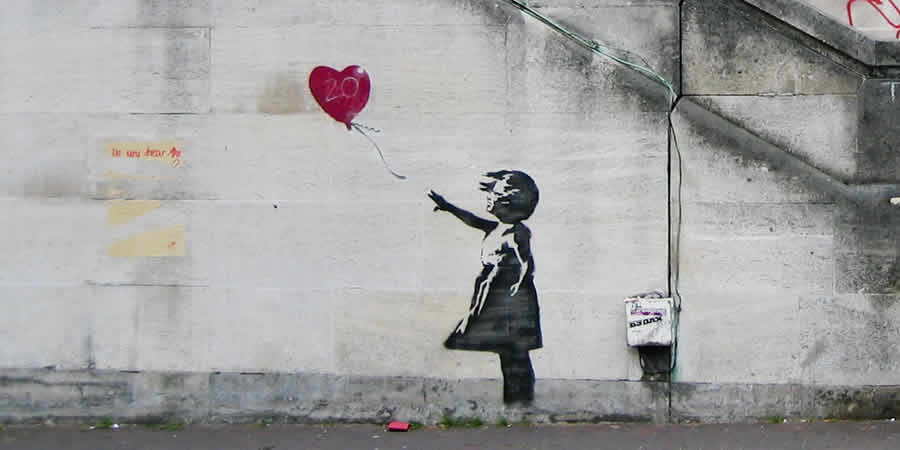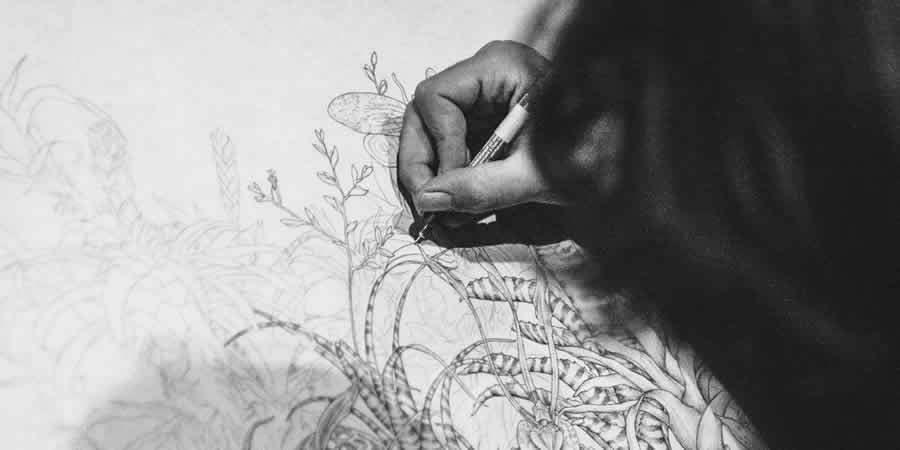There’s a legend among the cheese connoisseurs of New York City. In most of the US, it’s illegal to sell raw (non-pasteurized) dairy products. The reasons why are complicated, but many non-Americans who were raised on fresh milk and cheeses are often surprised when they come stateside and are unable to purchase anything that came purely from a cow.
Nevertheless, there are pockets of independent retail shops in New York that have been quietly staging their own cheesy rebellion for years. These renegade shops continue to sell raw cheeses – preferred among gourmets for their supposedly superior taste and texture.
However, you can’t simply walk into one of these shops and pick up a raw round of cheese off the shelf. You have to specifically ask for it. Most people wouldn’t think to ask, and so they never know about the whole world of illicit flavor hiding in plain sight.
This, my friends, is an example of design mythology in action. A compelling story that piques your natural curiosity and makes you wonder if you yourself could ever stumble across something so unusual.
The best part is that it’s not merely something for cheese sellers – designers can master this skill as well, using their own personal stories to craft a compelling narrative that captivates clients as well as viewers.
Maybe not as cool as illegal cheese, though. I mean, come on. That’s pretty epic.
Persona Design
The British street artist Banksy is known for his anonymity almost as much as he is known for his work.
This is done deliberately – it builds up a powerful persona that people recognize (or, in Banksy’s case, don’t recognize) immediately. They will hear your name and instantly recall how weird you are, or how many risks you take, or how excited you get when talking about your work.
Whatever your unique personality and communication style is, you can use it to transform your persona from dull to dynamic. Even if you think you’re not that exciting, you can still capitalize on some quirk of yours that will grab people’s attention.
Even being “boring” can be fascinating as a persona. American comedian Jerry Seinfeld is quite famous for being an average, everyday Joe. It’s how he built his comedy empire and became a legend on television screens across the country.
So don’t be afraid to be exactly who you are, and never underestimate your appeal to your niche market.
What others may find dull or strange or confusing, your audience will absolutely love.

Design As Performance Art
You can definitely harness the same process for your design work as well and create a compelling experience around the production of your work for your clients and your users.
Many artists and designers use video to display their creative process to the fans of their work. People love to watch a creative person working; if you’ve ever tried to sketch in a public place like the zoo or the subway, you know this. Many strangers won’t be able to resist tilting their heads around trying to get a good look at your sketchbook.
When you display your own unique production style, clients and users will take notice, and your work will take on a life of its own in the stories people will tell each other about it.
You want those stories – that mythology – to take root in every aspect of your production and your marketing. It’s the single most important part of your reputation as a designer.

Telling The Story
Storytelling is the most essential component of creating a mythology around yourself as a designer. After all, how else to get your mythology out there except in story form? But storytelling is a double-edged blade.
Sure, you have to get good at telling your own story. But it’s also important to consider the stories other people are telling about your work.
What people say about your designs and how they say it is vital to getting the best clients. You can definitely influence people’s opinion of your work based on the mythology surrounding it.
People are more likely to respond positively to design that has good mythology around its creation than to design that has little to no mythology.

Sources of Inspiration
If you really want to stand out from the crowd, don’t take inspiration from the same things everyone else in your industry is. Find something else to embrace, perhaps from a different industry or discipline, and co-opt it for your own work.
Remember that it’s perfectly okay to steal ideas, just as long as you steal enough different ones.
If every designer is obsessed with one particular trend or style, and you’re just not into it, that’s perfectly okay. Read books, look at new and different designs, and discover even more things that will help you develop a totally unique visual style.
It takes more work, but if you’re willing to dig deeper, you’ll stand head and shoulders above all the copycats who are too lazy or afraid to strike out on their own.
It takes time to develop a mythology around your designs. Don’t expect it to happen overnight – people need time to get to know who you are as a designer and to adapt to your unique offerings.
Attracting quality clients who will rave about your work will help tremendously, as it will lend your business a credibility that you can’t get any other way.
Remember, people are willing to tolerate almost any amount of eccentricity as long as others can verify that you can be counted on to deliver the results they want.
The post Developing a Sense of Mythology Around Your Designs appeared first on Speckyboy Design Magazine.
